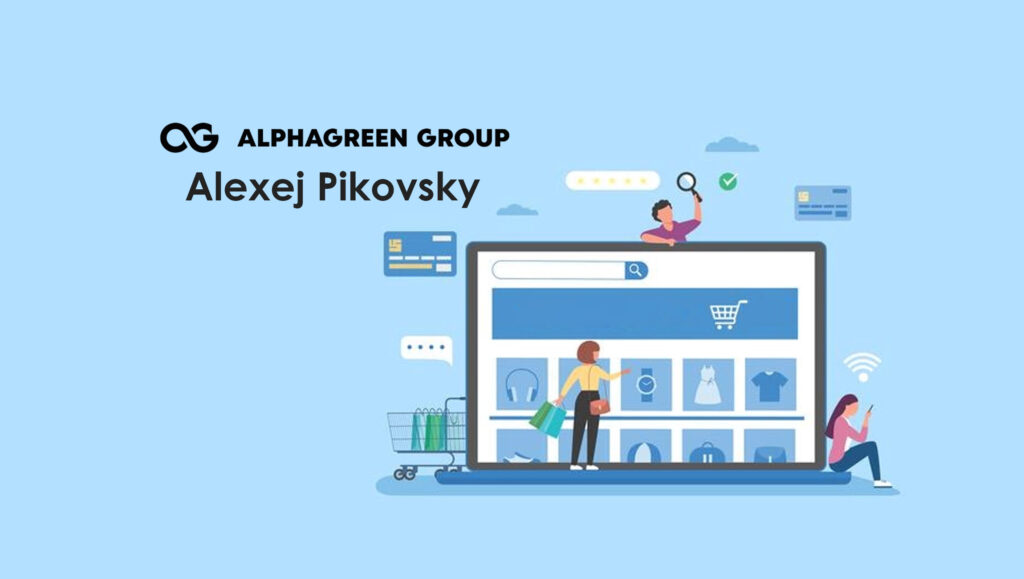E-commerce aggregation is a fast-growing trend, and as such, aggregator firms are now setting their sights on the vast Amazon marketplace. Over 70 companies are confirmed to be acquiring Amazon brands and securing funding to operate in this space. Over $12 million has been raised for the fulfilled by Amazon (FBA) business model in the last three years.
The Amazon marketplace represents a $490 billion gross merchandise value (GMV), $300 billion of which is attributed to third-party sellers. Over 35,000 of these FBA brands have over $1 million in revenue, making Amazon aggregation attractive. The level of potential financial return is vast, and there are many profitable brands to complement investment portfolios.
Read More: The Importance Of Call Tracking In B2B Sales
Amazon aggregation is mutually beneficial
There are several reasons why aggregation is a healthy development within the Amazon ecosystem. Amazon gains revenue from transaction fees and the use of its warehouse storage, packing, and fulfillment services. Products improved by experienced acquisition firms receive good consumer ratings, building consumer loyalty to Amazon and the brands themselves.
Amazon removes much of the operational difficulties from vendors, providing warehousing and delivery and managing customer service and any returns. Amazon is also a renowned selling platform with search engine dominance. With these advantages, it is easy to see why the Amazon aggregation business model is attractive. Initial capital requirements are low, and with the logistics managed through the FBA services, firms can focus their time and money on scaling their acquisition brands via marketing and advertising strategy.
For many FBA businesses attracting interest from aggregation firms, selling is a desirable solution. The solopreneurs running these startups often lack the resources and experience to achieve the growth potential of their business. The project may be no more than a successful side hustle that has plateaued due to restrictions on the owner’s time. Owners can generally expect a seller discretionary earnings (SDE) deal with cash up-front and future earn-outs through selling.
Aggregation as an investment opportunity
Aggregation shares similarities with private equity roll-ups methodology. Of the aggregator companies currently operating, attracting financial backing from venture capital firms to assist with growth through acquiring FBA brands has not proven difficult. Many venture capitalists have diversified their aggregator backing portfolios through more than one investment.
The Amazon aggregator model is attractive to venture debt funds as debt players are more comfortable with higher risk, focusing on revenue growth and unit economics. Aggregation is a new, growing market for gaining revenue. Debt financing is also a solid option for the aggregators themselves; this offers interest-only repayment terms as the standard during the first year while the acquired brands are scaled.
Unicorn aggregator firm Thrasio just raised a further $1 billion, making their funding total $3.4 billion. Thrasio was the first company to prove the potential value of Amazon aggregation, achieving its unicorn status within the first 12 months via the 40 plus Amazon brands it acquired. This success inspired and prompted other companies such as Berlin Brands Group and Razor group to follow in these footsteps to achieve the $1 billion valuation benchmark.
Read More: Managing Sales Commissions More Effectively In 2022: A Few Best Practices
Pitfalls and risks
Recent supply chain complexity has eroded profit margins for Amazon aggregators. Multifold increases in container pricing have caused financial difficulties as 70% of Amazon sellers’ supply chain is rooted in China. Many aggregator firms have experienced costs growing and slower production and shipping times to the UK, US, and Europe. This has caused stock shortages leading to weakened traffic and sales.
Amazon has also recently increased its warehousing costs and introduced new capacity rules. This, in turn, has impacted the logistical ease aggregators had become used to as alternative storage facilities, and additional shipping have needed to be sourced. Amazon aggregation relies on the smooth e-commerce giant’s facilities and services for the best possible return on acquisition investment.
The next evolution in Amazon aggregation
As more would-be aggregators flock to the Amazon marketplace hoping to emulate the success of Thrasio, seeking a niche to carve out profit is a natural progression. Especially for players that can focus on a more challenging sector.
Most aggregators steer clear of the health and alternative health industry due to the regulatory expertise required to navigate the risks. We can leverage our industry experience in wellbeing categories, alternative medicine, along with our database and growth marketing resources to capitalize on high-quality FBA brands within these niche markets.
Another example of niche aggregation is carving out a geographical sector, such as Opontia, which has recently raised $20 million for its regional strategy. As the majority of Amazon aggregators operate within Western Europe and the US, Opontia’s focus on Eastern and Central Europe differentiates them from the herd. The firm is also the only aggregator with a presence and plans to expand in the Middle East.
Focusing on niche sectors and regions can also be beneficial to streamlining marketing and advertising efforts towards cross-over consumer bases.
As aggregation grew in popularity within e-commerce, the vast number of Amazon FBA businesses and operational services offered were bound to attract players to this marketplace. As the number of aggregators drawn to Amazon increases, I predict niche aggregation to become the natural evolution for these companies over the next couple of years.
Read More: What Happens When Bricks And Mortar Has A Tech Disorder




















